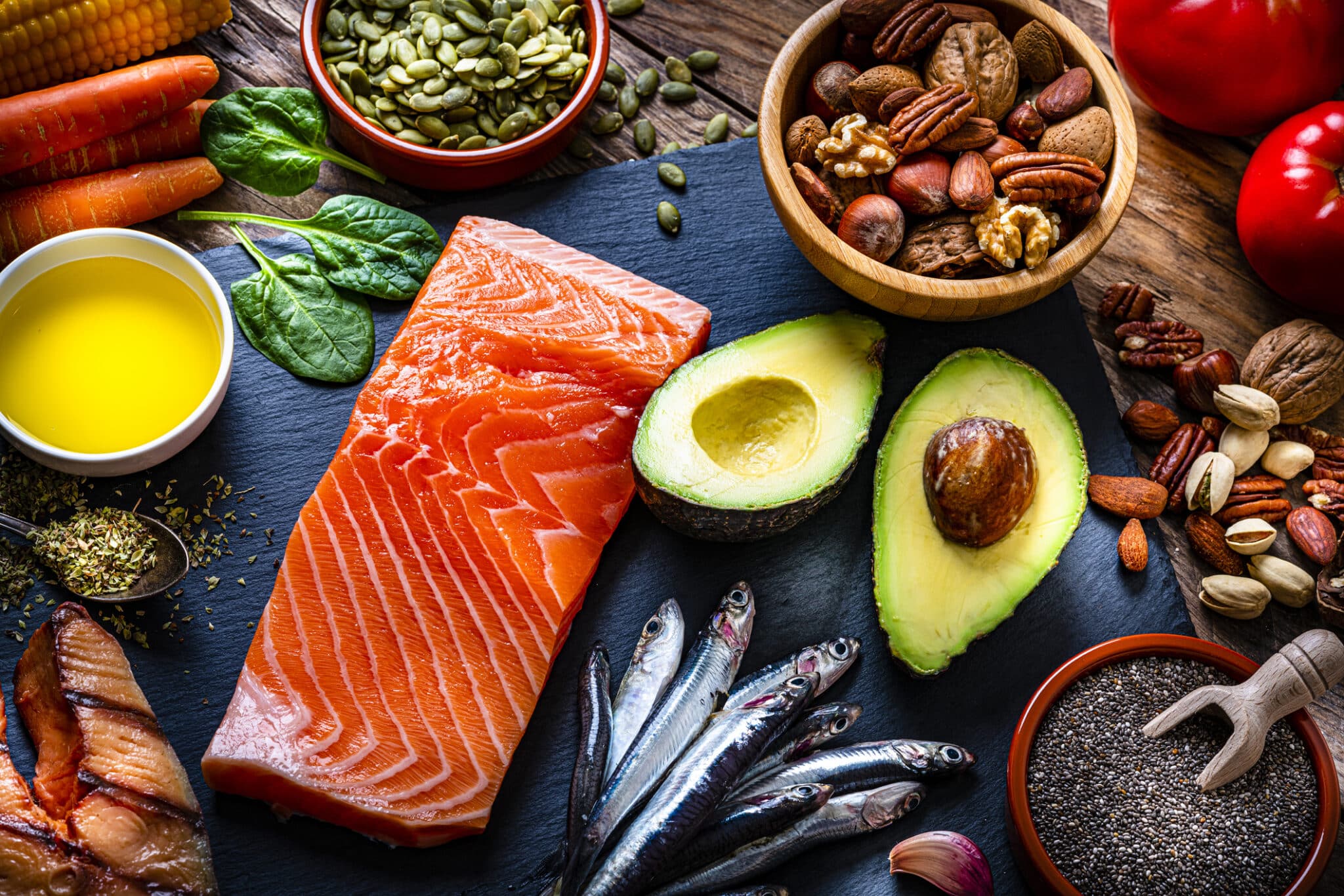Although approximately 19% of adults believe they have a food allergy, only about 11% actually are diagnosed with this allergy type, according to a study published in JAMA Network Open. The reason for this discrepancy could be due to confusion about the difference between a food allergy and a food intolerance. We review the difference between these two conditions as well as how to seek relief below.
What Is a Food Allergy?

Your immune system works to protect your body from diseases, viruses and infections. But for people with food allergies, their immune systems mistake harmless foods such as milk, eggs, fish, shellfish, tree nuts, peanuts, wheat or soybeans as dangerous intruders. An allergic reaction occurs when your body is exposed to one of these harmless substances, known as an allergen, and your immune system overreacts.
In order to fight off the intruder, your immune system releases antibodies called Immunoglobulin E (IgE), which tells your cells to release histamine. Histamine increases your mucus production and causes inflammation; this is why you experience allergy symptoms.
In short, food allergies are caused by an immune system response, and in some cases, they are life-threatening.
What Is a Food Intolerance?
A food intolerance refers to difficulty digesting certain foods found at The Charleston Farmers Market at Marion Square. This is often due to a lack of digestive enzymes or sensitivity to certain chemicals. Common triggers for food intolerances include milk, gluten, caffeine, fructose, food colorings, preservatives and sulfites.
Symptoms of a food intolerance include bloating, gas, stomachache, diarrhea, headache migraine, runny nose and feeling generally unwell. However, none of these symptoms are ever life-threatening.
According to one study published in Alimentary Pharmacology and Therapeutics, 15-20% of the population may experience a food intolerance.
Getting Help for Food Allergies & Intolerances
The best way to avoid symptoms of food allergies and intolerances is to avoid triggering foods.
If you have allergies, or if you’re unsure whether you’re experiencing an allergy or an intolerance, you should schedule an appointment with an expert allergist at Charleston ENT & Allergy to confirm or rule out reactivity to certain foods.
If necessary, they can prescribe an epinephrine pen in case of a life-threatening reaction known as anaphylaxis. For more information about the prevalence of food allergies and intolerances or to schedule an appointment with an allergist, call Charleston ENT & Allergy today.
